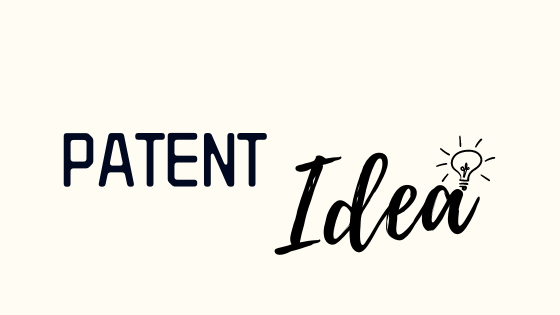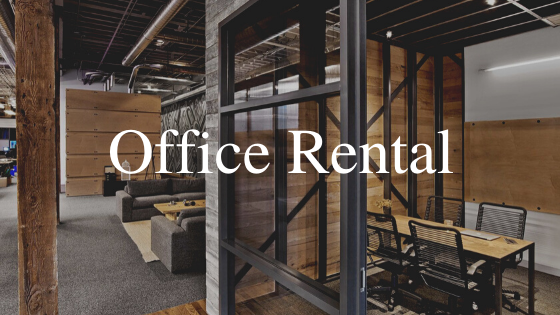
You want to see if your idea already exist and you want to know if it can be manufactured for roughly one fourth of its retail price.
How do you do that?
Look for other products that are similar in size, complexity, and roughly uses the same materials. Look at the packaging, the cost, and where the product appears in the store. Also take note of the manufacturer because later you may want to pitch your idea to them.
Keep in mind, you’re only trying to get a rough idea if your new invention is a go. This is the quickest and cheapest ways to do your own feasibility study.
For those of you who have the time and money, you should hire a patenting firm, such as InventHelp, to help determine the marketability of your idea and an engineering or industrial design firm to give you an idea of the manufacturing-to-cost-ratios.

After you do the preliminary feasibility study on your new invention idea, go back and do a preliminary patent search but keep in mind, you’re not trying to do your own official patent search (although some of you might be capable of doing so), at this stage of inventing a product, you’re simply trying to justify the next step in the process of getting your invention to market.
Basically, you need to know if you should continue refining the design based on these preliminary patent searches or if you should stop because you found a patent or a similar design that might block you from moving forward.
Just don’t panic if you find an idea similar to your idea. A lot of what you’ll see out there are design patents which might still allow you to go forward with your idea. It’s the utility patents that are somewhat restrictive and could require the help of a patent agency, like Invent Help, or a attorney. For now, though, don’t worry about it.


